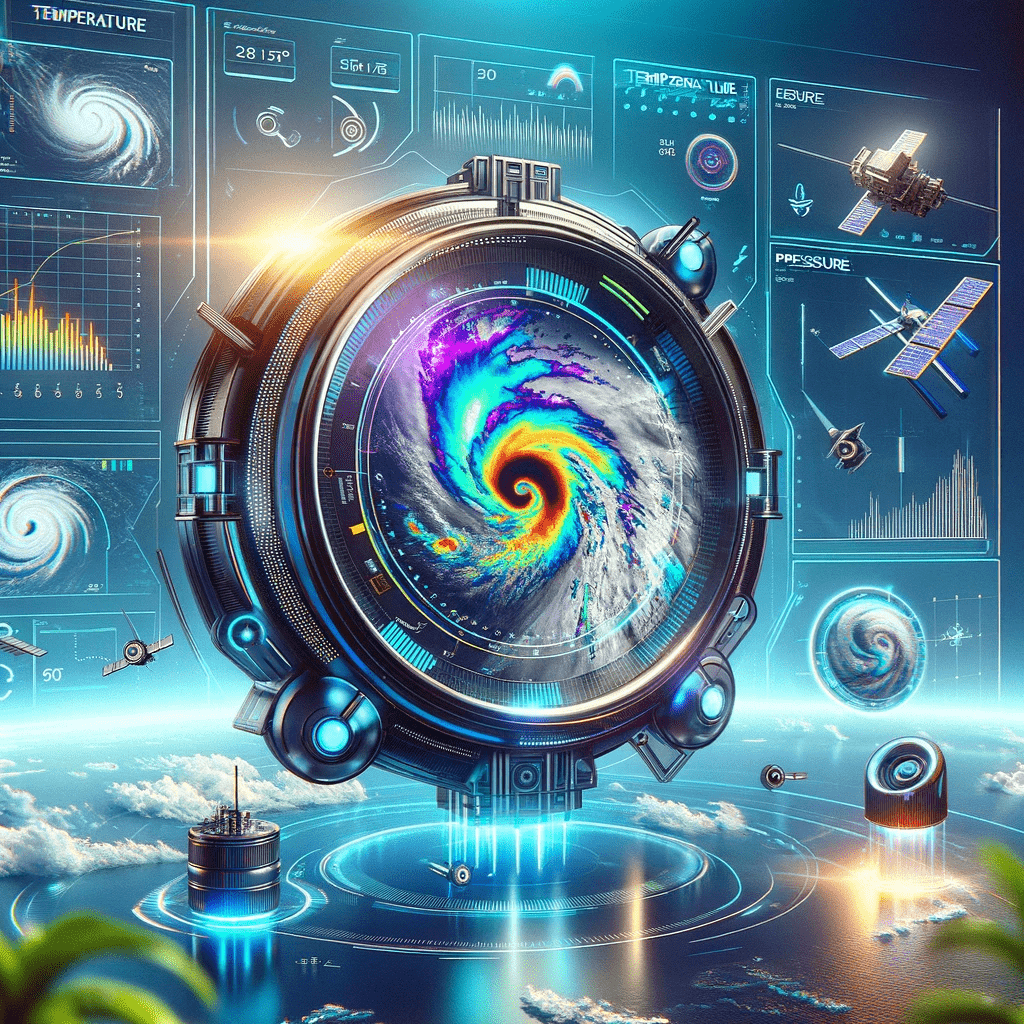Google just dropped a bombshell: Gemini 2.0. It’s not just another AI update; it feels like a real shift towards AI that can actually do things for you – what they’re calling “agentic AI.” This is Google doubling down in the AI race, and it’s pretty exciting stuff.
So, What’s the Big Deal with Gemini 2.0?
Think of it this way: previous AI was great at understanding and sorting info. Gemini 2.0 is about taking action. It’s about:
- Really “getting” the world: It’s got much sharper reasoning skills, so it can handle complex questions and take in information in all sorts of ways – text, images, even audio.
- Thinking ahead: This isn’t just about reacting; it’s about anticipating what you need.
- Actually doing stuff: With your permission, it can complete tasks – making it more like a helpful assistant than just a chatbot.
Key Improvements You Should Know About:
- Gemini 2.0 Flash: Speed Demon: This is the first taste of 2.0, and it’s all about speed. It’s apparently twice as fast as the last version and even beats Gemini 1.5 Pro in some tests. That’s impressive.
- Multimodal Magic: It can handle text, images, and audio, both coming in and going out. Think image generation and text-to-speech built right in.
- Plays Well with Others: It connects seamlessly with Google Search, can run code, and works with custom tools. This means it can actually get things done in the real world.
- The Agent Angle: This is the core of it all. It’s built to power AI agents that can work independently towards goals, with a human in the loop, of course.
Google’s Big Vision for AI Agents:
Google’s not just playing around here. They have a clear vision for AI as a true partner:
- Project Astra: They’re exploring AI agents that can understand the world in a really deep way, using all those different types of information (multimodal).
- Project Mariner: They’re also figuring out how humans and AI agents can work together smoothly.
- Jules the Programmer: They’re even working on AI that can help developers code more efficiently.
How Can You Try It Out?
- Gemini API: Developers can get their hands on Gemini 2.0 Flash through the Gemini API in Google AI Studio and Vertex AI.
- Gemini Chat Assistant: There’s also an experimental version in the Gemini chat assistant on desktop and mobile web. Worth checking out!
SEO Stuff (For the Nerds):
- Keywords: Gemini 2.0, Google AI, Agentic AI, AI Agents, Multimodal AI, Gemini Flash, Google Assistant, Artificial Intelligence (same as before, these are still relevant)
- Meta Description: Google’s Gemini 2.0 is here, bringing AI agents to life. Explore its amazing features and see how it’s changing the game for AI.
- Headings: Using natural-sounding headings helps (like I’ve done here).
- Links: Linking to official Google pages and other good sources is always a good idea.
In a Nutshell:
Gemini 2.0 feels like a significant leap. The focus on AI that can actually take action is a big deal. It’ll be interesting to see how Google integrates this into its products and what new possibilities it unlocks.


